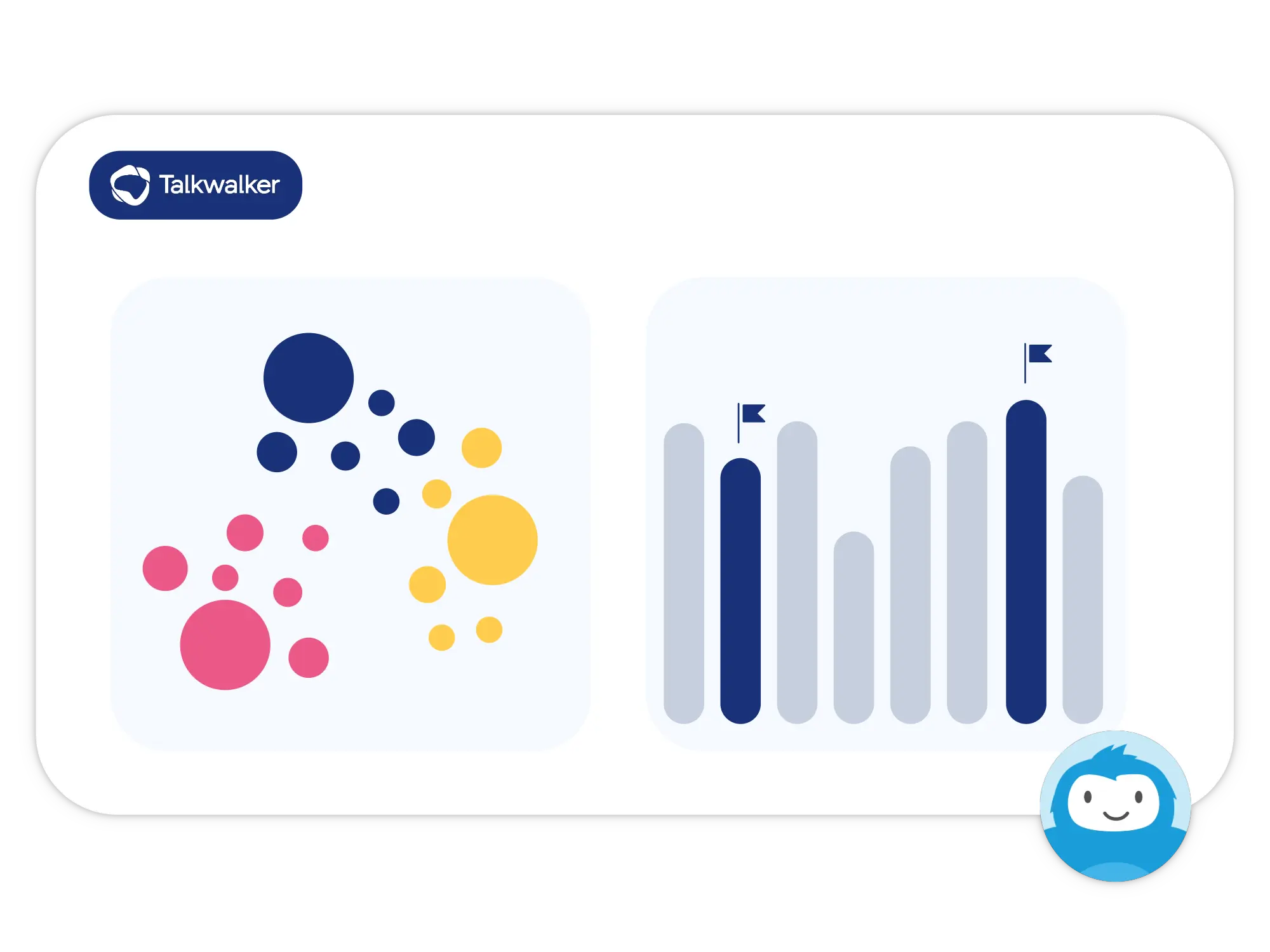📊 Social Listening
Supercharge your social listening. Big on impact, best-in-class coverage and intuitive to use. Make social data accessible to all your teams.
📱 Media Monitoring
Be a media monitoring superstar! Measure brand performance and build successful PR and content strategies for your business.
🎯 Social Benchmarking
The tools you need to get ahead of the pack! Compare performance against competitors and industry standards.
Real Business Impact
Working for you to:
- build strong marketing strategies
- run confident product development programs
- connect with influential media partners
- engage consumers to drive loyalty and sales
.webp?width=40&height=40&name=Untitled%20(35).webp) We use Talkwalker across our brands. They continue to innovate fast - and every product development is genuinely impactful…”
We use Talkwalker across our brands. They continue to innovate fast - and every product development is genuinely impactful…”
.webp?width=40&height=40&name=Untitled%20(35).webp) The stand out value for us is crisis management. The range of sources without any data throttling gives us a high degree of confidence that we never miss a beat…”
The stand out value for us is crisis management. The range of sources without any data throttling gives us a high degree of confidence that we never miss a beat…”
.webp?width=40&height=40&name=Untitled%20(35).webp) ... from a listening perspective and in relation to full coverage, I don’t think there’s a tool that comes close to what Talkwalker does.”
... from a listening perspective and in relation to full coverage, I don’t think there’s a tool that comes close to what Talkwalker does.”

Partnering with...
.webp)
Manage reputation and mitigate crises
.webp)
Identify trends and optimize your social strategy

Find the unmet needs of your consumers and build your innovation engine

Showcase expertise to wow your clients and win new ones
The 1st choice of over 2,500 brands








A Leader in The Forrester New Wave™
AI-Enabled Consumer Intelligence Platforms Q3 2021
.webp)
